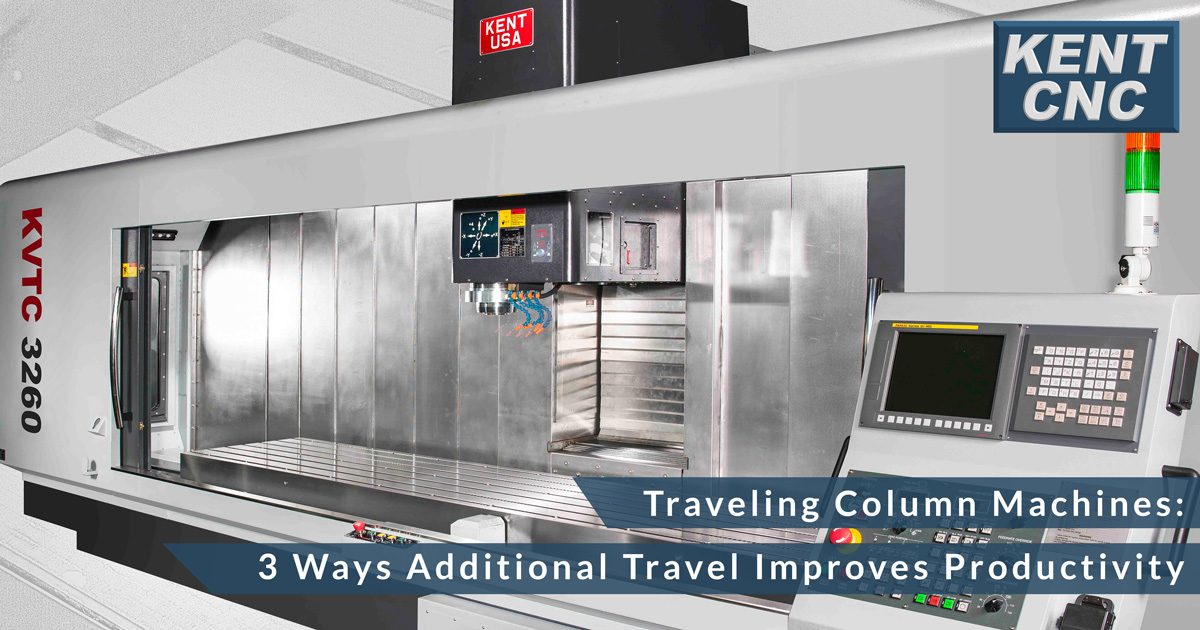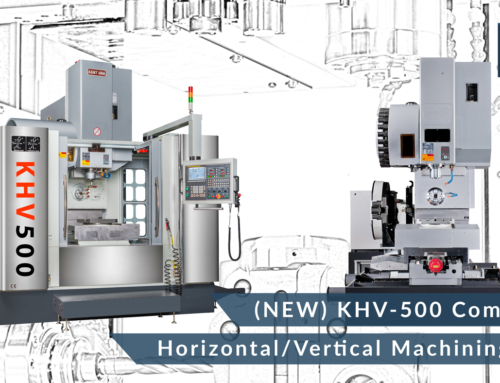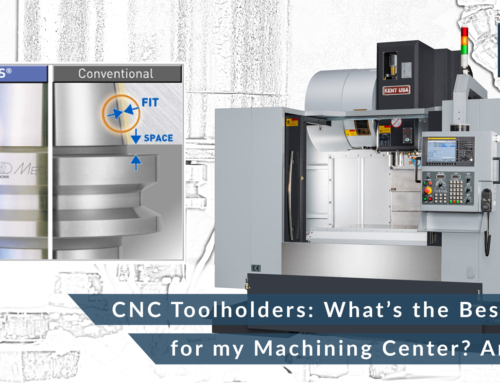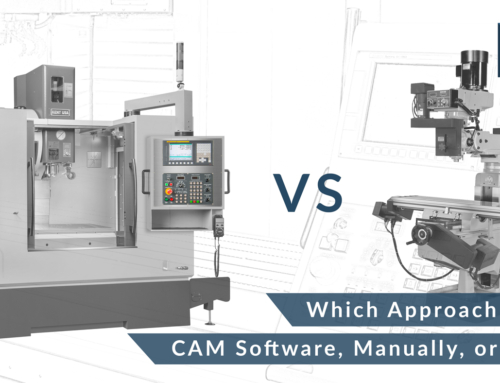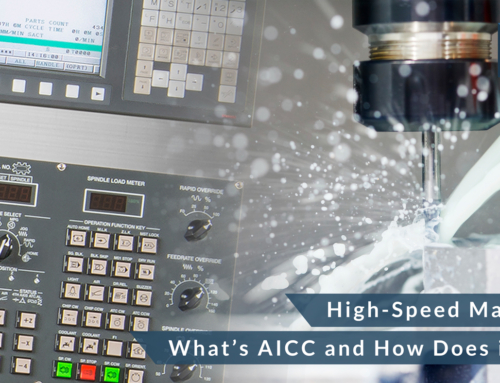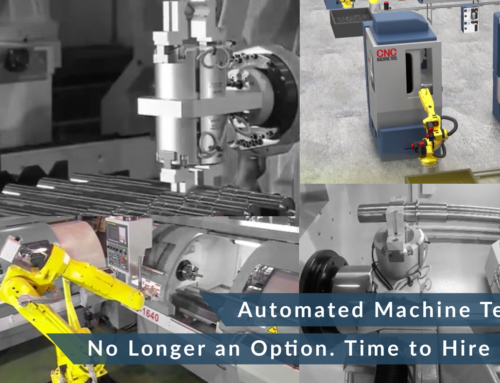Traveling Column Machines: Three Ways Additional Travel Improves Productivity
I’ve always been intrigued by traveling column machines. That’s because a vertical machining center able to mill both ends of a sleeper sofa or carry parts that weigh more than the recently-resurrected Ford Ranger (there’s a yellow 2003 in my driveway) raises a lot of possibilities. This is especially true for a job shop, where part variety and rush orders are a way of life.
Traveling Column Flexibility
Ask anyone who’s invested in one; the greatest benefit to buying a traveling column machine is its flexibility:
- Imagine bolting a baker’s dozen of Kurt DoubleLock vises to the table. If the parts are on the small side, you could load up 52 blanks and come back to 52 finished parts the next day.
- You might stick a rotary table on each end and mill an extrusion screw the length of a piano, an oil and gas sub bigger than a Christmas tree.
- You can set up five or ten different repeat jobs and switch between them in seconds.
- Got a humungous mold base or assembly fixture to the machine? A traveling column VTC is less expensive than a comparably-sized gantry or boring mill.
Big parts, small parts, lots of parts—there’s no more need to no-quote a job because your machine is a few inches short on travel.
Traveling Column Best Practices
Forget what I said about bolting vises to the table. If you want to maximize machine capabilities, you’ll mount a series of zero-point chucks to the table. This allows you to get work into and out of the machine quickly. Consider hydraulic or pneumatic vises (more vises means more cranking means a tired operator). Most importantly, look at palletizing parts, or possibly mounting a gantry-style robot overhead. Both are big productivity boosters.
Things to Look For in a Traveling Column
When you’re traveling long distances, rapid traverse speed is important (Kent CNC’s KVTC-series traveling column vertical machining center travels at 1417 IPM). So is spindle speed (10,000 RPM is standard, although 12,000 is available, as is a 50-taper 8,000 RPM spindle). Whatever spindle you pick, it’s probably going to be in the cut for hours. Therefore, find one with a spindle chiller and through-the-tool coolant (both are standard with on the KVTC). And if you’re machining a big a** mold cavity, you’ll want plenty of program memory, plenty of tools (up to 40 are available), and plenty of power (think 20 or even 25 hp).
Thinking about another 40 x 20 machine? Maybe it’s time to supersize it.

